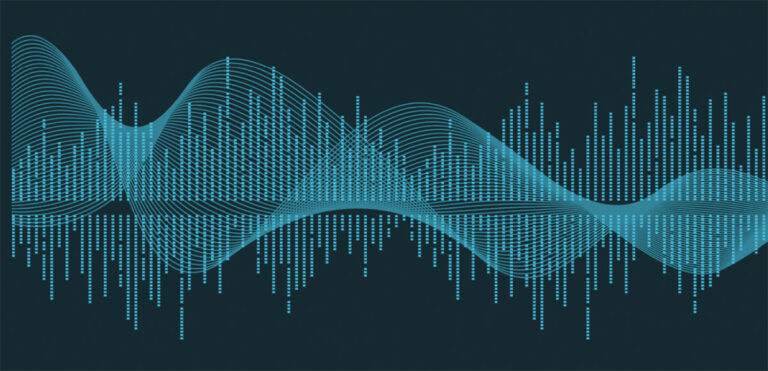In today’s digital world, brand recognition extends beyond visuals. While companies have long understood the necessity of a consistent visual identity, many are just beginning to grasp the power of sonic branding.
Written by Colleen Fahey, Sixième Son, and Laurence Minski, Columbia College
Why Sound is Important in Branding
Some audio logos, such as Intel’s chime or McDonald’s jingle, are instantly recognizable, yet many brands have overlooked sound as a strategic asset. The transition from print to digital media means that audio-enabled platforms now dominate the customer journey—from apps and smart devices to podcasts and voice assistants. The rise of smartphones, smart speakers, and streaming platforms makes sound more critical than ever.
The Hidden Power of Sonic Branding
Just as a consistent visual identity strengthens brand recognition, strategic use of sound enhances recall, builds trust, and boosts marketing ROI. Studies show that music and sound significantly influence consumer perception and behavior.
But here’s the catch: every brand already has an audio identity—whether it’s intentional or not. Take a moment to consider:
- What music plays on your customer service line?
- What sounds accompany your app interactions?
- What jingles, voiceovers, or sound effects appear in your ads and videos?
- Does your hold music, in-store playlist, or event soundtrack align with your brand personality?
If your brand’s audio landscape is inconsistent, you’re creating brand confusion rather than recognition.
What Is Sonic Branding? More Than Just a Jingle
Sonic branding (also called audio branding or acoustic branding) is the systematic creation of a brand’s unique sound identity. It involves developing an audio language that reflects the brand’s essence, values, and personality.
Many marketers mistakenly associate sonic branding with jingles. While jingles play a key role in traditional advertising, they often focus solely on short-term campaigns. Sonic branding, on the other hand, goes far beyond advertising—it applies to every customer touchpoint, from digital interactions to physical environments.
The Global Impact of Sound in Branding
Why are leading international brands like Maybelline and Michelin investing in Sonic Branding? Because sound is a universal language. Music transcends cultural barriers, conveying emotions and intentions instantly. Whether a piece of music feels inspiring, calming, or authoritative, people around the world interpret it in similar ways.
Additionally, the global influence of movies, TV shows, and streaming content has created a shared musical vocabulary. This means brands can strategically use sound to create familiarity and evoke emotions across diverse markets.
The Competitive Advantage of a Sonic Identity
A well-crafted sonic identity provides brands with a consistent voice across platforms and regions. It enhances brand recall, simplifies content creation, and streamlines decision-making for marketing teams.
Consider this: Can your customers recognize your brand with their eyes closed? If not, it’s time to develop a sonic branding strategy that makes your brand stand out—everywhere it’s heard.
Ready to Build Your Brand’s Sound Identity?
A strategic audio presence is no longer optional—it’s essential. Sixième Son helps brands worldwide craft unique sonic identities that boost recognition, connect emotionally, and stand out in crowded markets.
The article above condenses the book’s first chapter of the book Audio Branding Using Sound to Build Your Brand, shortened but not altered. In it, we define the core ideas of sonic branding (though we call it “audio branding” in the book, the adjective “sonic” has recently become more prominent in the U.S.)




